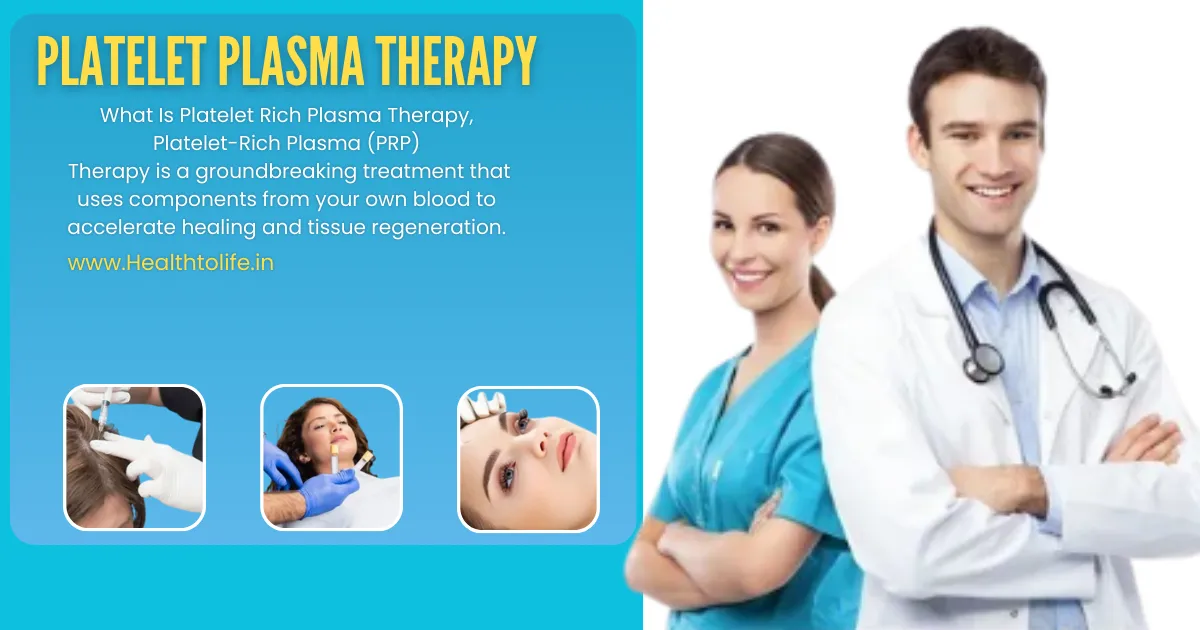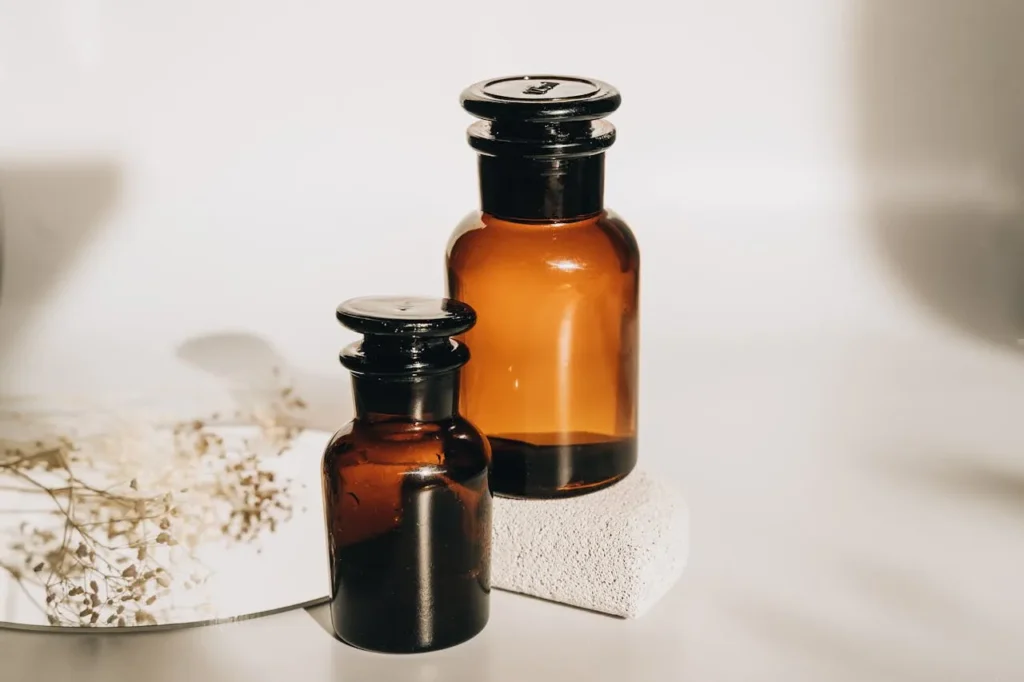
Introduction
Platelet-Rich Plasma (PRP) Therapy is a groundbreaking treatment that uses components from your own blood to accelerate healing and tissue regeneration. Originally developed in the 1970s, PRP therapy has gained popularity across various fields of medicine, including sports medicine, dermatology, and orthopaedics.
Table of Contents
What are Platelets and Plasma?
To grasp the essence of PRP therapy, it’s important to understand what platelets and plasma are.
Platelets: Platelets are small blood cells that play a crucial role in clotting and healing. When you get a cut or injury, platelets rush to the site to form a clot and stop the bleeding. But their job doesn’t end there—they release growth factors that promote tissue repair and regeneration.
Plasma: Plasma is the liquid component of blood, making up about 55% of its total volume. It carries nutrients, hormones, and proteins throughout the body and is the medium through which blood cells circulate.
The Role of Platelets and Plasma
Blood is composed of red blood cells, white blood cells, platelets, and plasma. While red and white blood cells are crucial for oxygen transport and immune function, platelets and plasma are the key players in PRP therapy.
How PRP Therapy Works
The science behind PRP therapy is both fascinating and straightforward.
PRP therapy involves concentrating platelets from a small sample of your blood and then injecting this platelet-rich plasma into the injured or affected area. The idea is to harness the healing power of platelets to accelerate tissue repair and regeneration.
The Process of PRP Extraction: The process begins with a simple blood draw. The blood is then placed in a centrifuge, which spins it at high speed to separate the platelets and plasma from the other blood components. The result is a plasma that is rich in platelets, ready to be injected into the target area.
PRP Injection: What Happens During the Procedure?
During the procedure, the PRP is injected directly into the injured tissue. This can be done under ultrasound guidance to ensure precise placement. The injection process is quick, typically taking less than an hour, and most patients can go home shortly afterwards.
Once injected, the concentrated platelets release growth factors that stimulate the body’s natural healing processes. This leads to faster tissue repair, reduced inflammation, and, in some cases, even the growth of new cells.
PRP therapy is incredibly versatile and has a wide range of applications.
PRP for Hair Loss Treatment
In dermatology, PRP therapy is used to treat hair loss by stimulating hair follicles and promoting hair growth. It’s a popular option for those suffering from androgenic alopecia or thinning hair.
- PRP in Cosmetic Procedures: Cosmetic applications of PRP include treatments for wrinkles, fine lines, and skin rejuvenation. Known as the “vampire facial,” PRP is combined with microneedling to enhance skin texture and appearance.
- PRP for Joint Pain and Arthritis: For those suffering from joint pain or arthritis, PRP therapy can offer relief by reducing inflammation and promoting the healing of damaged cartilage.
Benefits of PRP Therapy
- 1. One of the biggest advantages of PRP therapy is that it uses your body’s own healing mechanisms. There’s no risk of allergic reactions or rejection, as the plasma is derived from your blood.
- 2. PRP therapy not only provides immediate relief but also promotes long-term healing. The effects of PRP can last for months or even years, depending on the condition being treated.
Risks and Side Effects of PRP Therapy
Like any medical treatment, PRP therapy comes with its own set of risks and side effects.
Common side effects include mild pain, swelling, and bruising at the injection site. These typically resolve within a few days.
PRP therapy is not suitable for everyone. Individuals with certain medical conditions, such as blood disorders or infections, may be advised against undergoing PRP treatment.
Conclusion
Platelet-rich plasma (PRP) therapy is a revolutionary treatment that leverages the body’s natural healing powers to address a variety of conditions, from sports injuries to hair loss and cosmetic concerns.
By concentrating platelets from your own blood and injecting them into damaged tissues, PRP therapy promotes healing, reduces inflammation, and stimulates tissue regeneration.
This minimally invasive procedure has gained widespread popularity due to its effectiveness and relatively low risk. While PRP therapy may not be suitable for everyone, it offers a promising option for those seeking a natural, long-term solution to their health concerns.
As with any medical treatment, it’s important to consult with a qualified healthcare provider to determine if PRP therapy is the right choice for you.
Related Article Links
1. PRP: Cost, Side Effects, and Recovery
2. Platelet-Rich Plasma (PRP) Injections
3. What Is A FUE Hair Transplant?
FAQ
Ques-1: What conditions can PRP therapy treat?
Ans: PRP therapy can treat a range of conditions, including joint pain, tendon injuries, hair loss, and skin rejuvenation. It is particularly popular in sports medicine and dermatology.
Ques-2: How long does a PRP session take?
Ans: A typical PRP session takes about 45 minutes to an hour, including the time needed for blood collection, processing, and the injection itself.
Ques-3: Are there any risks associated with PRP therapy?
Ans: PRP therapy is generally safe, but there are some risks, including infection, pain at the injection site, and allergic reactions. These risks are minimized when the procedure is performed by a qualified professional.
Ques-4: How soon can I return to normal activities after PRP therapy?
Ans: Most patients can resume normal activities within a day or two after the procedure. However, it’s advisable to avoid strenuous activities for a few days to allow the treated area to heal.
Ques-5: Is PRP therapy covered by insurance?
Ans: PRP therapy is often considered an elective procedure and may not be covered by insurance. It’s best to check with your insurance provider and discuss payment options with your healthcare provider.
Related Video
Was this article helpful?
Stay updated with the latest posts on HealthToLife—expert health tips, wellness trends, and life-changing advice you don’t want to miss. Click to explore.



